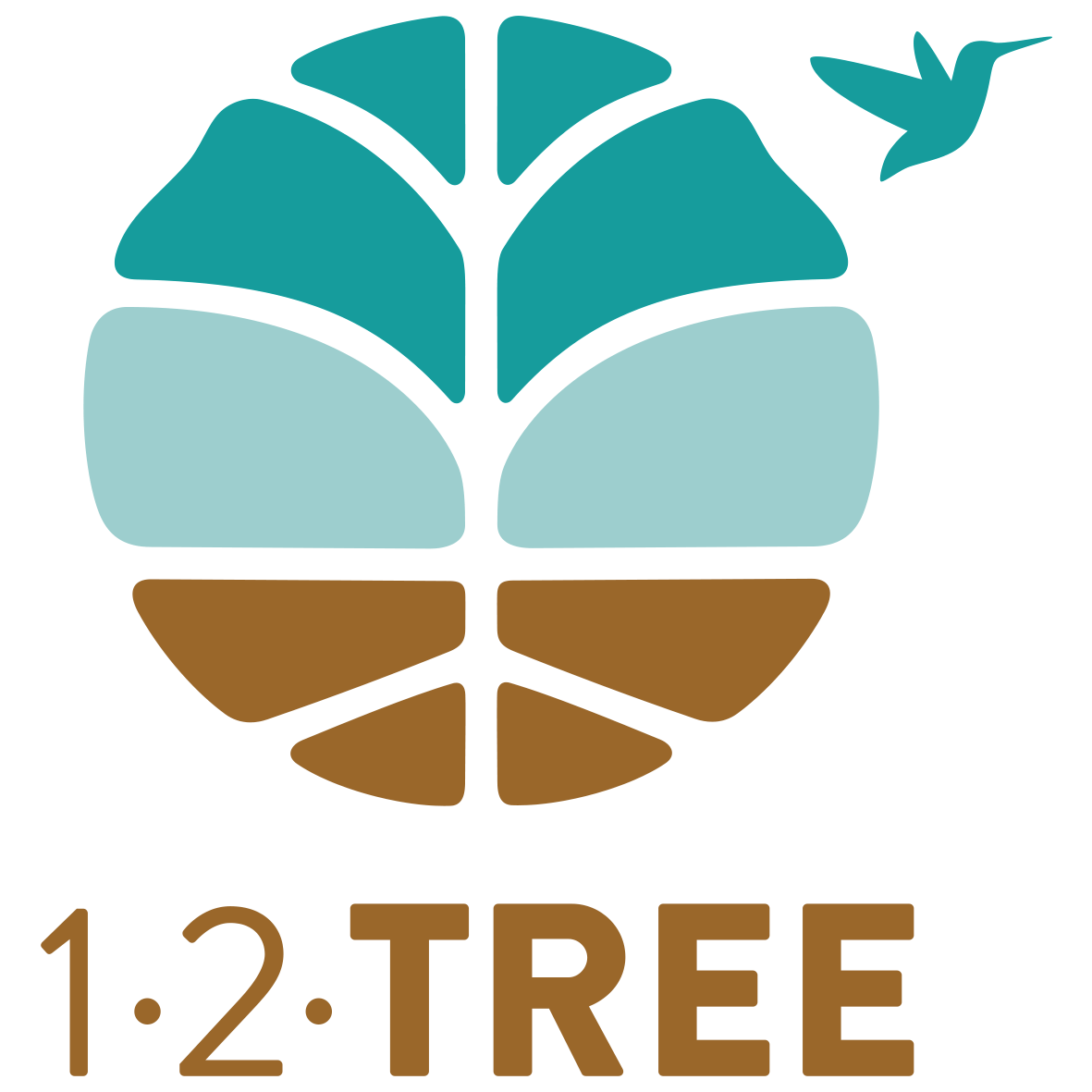Characteristics
Origin: Guatemala
Region: Single estate in Alta Verapaz province
Type: Trinitarios, amelonados local criollo (to be planted in 2020)
Genetics: CATIE R1, R4, R6, PMCT 58, ICS 95, FHIA 706, FHIA 707, CAP 34, Chimelb 11, 12, 13, 14, 15
Certifications: UTZ/Rainforest Alliance (planned in 2021), Gold Standard (planned in 2021)
Flavor profile
AROMA: This cocoa has a moderate acetic sourness, apple and fresh wood, as well as a milky aroma.
TOASTED AROMA: It’s has a marked fruity aroma such as mango, kiwi and banana. It presents a delicate aroma of fresh herbs, milk and caramel, and an acetic and citric pleasant sourness.
SPECIAL FLAVORS: It has a strong fruity taste (acid fruits), with flavors of some dry nuts like peanuts. Caramel and molasses in the beginning. It has a distinct and nice citric and acetic taste with a chocolate taste at the end.
Harvest and Post-harvest
Harvest
May to July; November to January (Main harvest)
Post- Harvest
Chimelb currently has it’s own post-harvest facilities which will be modernized and expanded to process the cacao produced in the farm.
12Tree will determine standard fermentation and drying protocols for each clone according to customers' request. This is a great time for you to contact us and let us know your preferences.
FERMENTATION VARIABLES:
Percentage of fermentation can be adjusted to client’s needs (normal protocol 80%).
Wooden crates
Anaerobic fermentation + aerobic fermentation
DRYING VARIABLES:
We will use a mechanical dryer with controlled air flow and temperature.
Moisture content can be adjusted to client’s needs (usually 6-7%). Our drying protocols will be carefully developed to ensure that off-flavours are not developed.
Slow drying during the first 5 days.
Total drying process can take from 5 up to 8 days (depending on the weather).
Story
Incorporating different crops and preserving natural forests, Chimelb achieves a well-balanced agro-ecosystem while ensuring financial security and livelihoods for more than 400 families. Chimelb’s cocoa is planted in association with rubber trees, cardamom, and other native leguminous trees in an agroforestry system. Taking advantge of the land’s topography and fertile soils, coffee is grown at higher elevations. A nascent but growing smallholder program facilitates access to market for neighboring coffee growers, and provides technical assistance. In the right density, the trees provide the perfect shade to the cacao without competing for nutrients and allowing a diversified production.

